How to Measure Procurement Performance?
The constant evolution of business dynamics puts a constant pressure on procurement professionals to find and develop methods to improve and strengthen their procedures. Accordingly, to determine the long-term success of the function, industry leaders have begun focusing on data and KPIs other than just cost savings. Designing an effective KPI strategy can ensure continual…
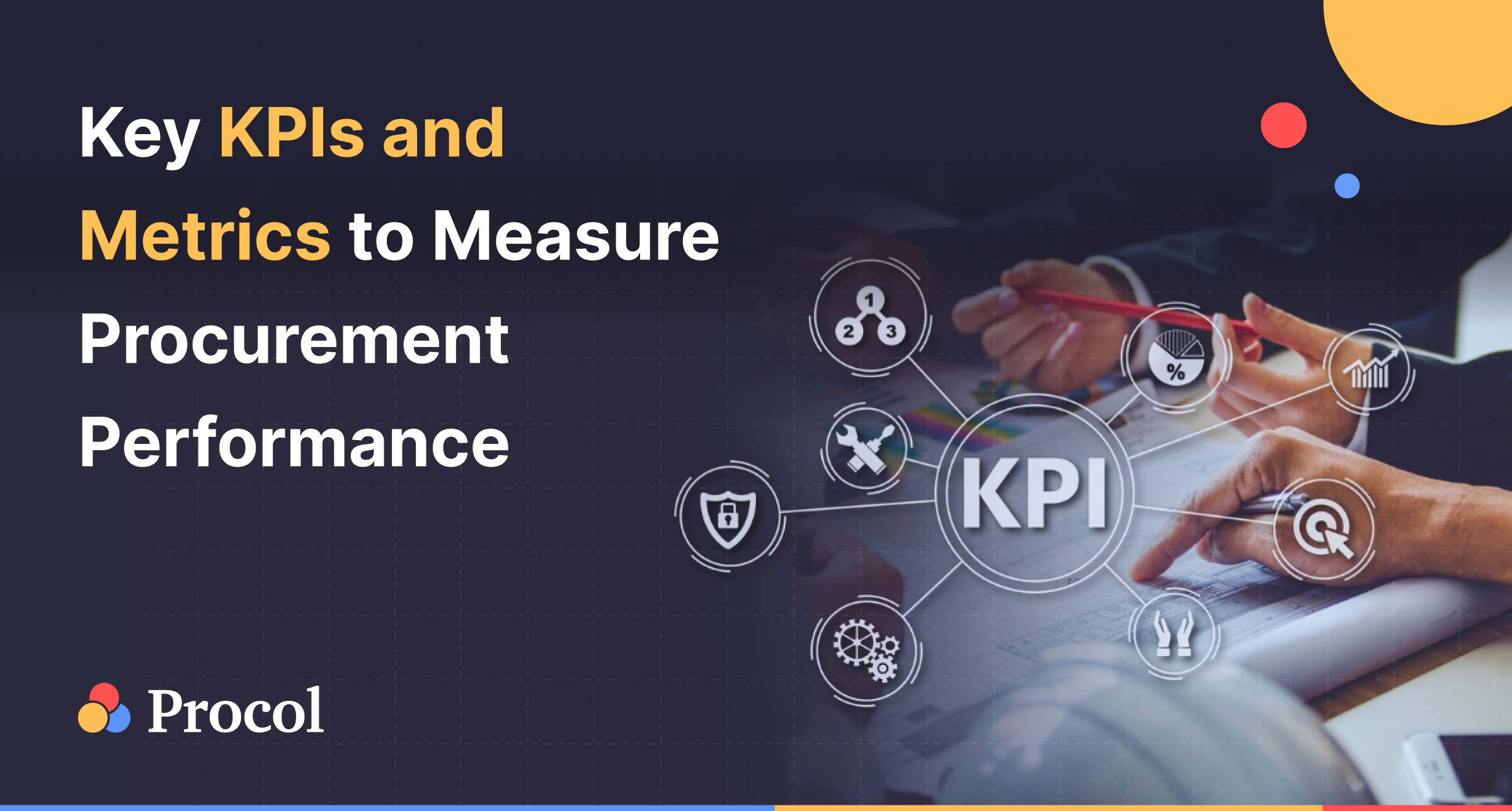
The constant evolution of business dynamics puts a constant pressure on procurement professionals to find and develop methods to improve and strengthen their procedures. Accordingly, to determine the long-term success of the function, industry leaders have begun focusing on data and KPIs other than just cost savings.
Designing an effective KPI strategy can ensure continual growth, manage supplier risk, and streamline procurement processes. Companies can also visualise, measure, and share these KPIs in real-time to identify avenues for improvement.
In this blog, we have compiled a comprehensive list of KPIs to help you measure the performance of your procurement function.
Supplier KPIs
1. On-Time Delivery – This metric gauges a supplier's reliability in terms of delivering shipments on schedule. A substantially low value for this KPI could be a sign that the business observes poor delivery scheduling techniques, has ineffective communication with its suppliers, or does not adequately reward suppliers for consistently delivering shipments on time.
2. Compliance Rate – This KPI assesses a supplier's adherence to contractual criteria, including delivery deadlines, special discounts, response rates in case of delays or issues, preferred methods of payment, etc.
3. Quality Performance Rating – This KPI evaluates suppliers over certain quality indicators, such as price, delivery, and service, before negotiating any upcoming contracts and agreements.
4. Supplier Lead Time – This tracks the interval from when a supplier gets an order to when the order is shipped.
5. Supplier Defect Rate – This KPI measures the percentage of materials received that don’t match quality standards. It is vital in sectors such as aerospace, automotive, and defence, where maintaining multi-level supplier bases with a focus on quality are of paramount importance.
Procurement Department KPIs
1. Purchase Price Variance (PPV) – PPV measures the efficiency with which a procurement organisation achieves its cost-saving objectives. A positive PPV variance, when the purchase price is greater than expected, is considered undesirable.
2. Cost Avoidance – Also known as "soft savings”, this KPI focuses on steps undertaken to reduce potential future costs, such as maintenance or replacement of parts before they break and lead to potential downtime.
3. Purchase Order Cycle Time – The cycle time includes the total time taken to complete a purchase order from creation through approval, receipt, invoice preparation, and payment, however, excluding production phase, and product delivery.
4. Total Procurement ROI – As one of the most important metrics, total procurement ROI calculates the annual cost savings over the annual procurement cost. By benchmarking this KPI, you can ensure that your business is competitive and financially sound enough to achieve its objectives.
5. Cost reduction – This metric refers to the costs saved as compared to the actual cost during the negotiation process. Cost reduction is often used by professions for process optimisation, automation, and negotiating better rates for goods and services.
6. Emergency Purchase Ratio – This refers to the number of emergency purchases made in a specific time period. Since emergency purchases are last-minute and typically made at higher purchase rates, a lower emergency purchase rate signifies business efficiency.
7. Perfect Order Rate – This measures the success rate of the procurement team in delivering orders without incident, damage, or delay. A high perfect order rate indicates greater customer satisfaction and organisational efficiency.
Organisational KPIs
1. Inventory Velocity (IV) – This KPI gives a visual representation of the proportion of inventory anticipated to be consumed over the course of the following month or quarter.
2. Inventory to Sales Ratio – This metric calculates the amount of inventory available for sale over the amount that is sold. The metric also helps to assess whether your business can handle unforeseen circumstances and achieve high margins.
3. Payments To Suppliers Within Terms – This KPI is managed by the accounts payable department to monitor supplier’s payment schedule as discussed in the contract.
4. Spend Under Contract – This KPI determines the number of formal contracts or agreements, money spent on approved contracts, verified suppliers, and practices outside of standard procurement.
5. Spend Under Management – This spend represents the proportion of yearly addressable supplier spending that makes use of preferred supplier contracts.
6. Cash-to-Cash Time Cycle – This statistic determines how long it takes to convert resources into genuine cash flows.
7. Contract Compliance – This KPI helps in maintaining consistent contract prices between buyers and suppliers. As a result, goods are received at the agreed-upon prices from suppliers.
Conclusion
Although there are many KPIs to choose between, it’s important to select the ones that will help drive your strategy forward. To manage this growing number of KPIs effectively, procurement teams are increasingly investing in software-as-a-service (SaaS) technologies that handle expenditure analysis, the PR-to-PO cycle, supplier relationship management, and contract lifecycle management.
About This Topic
This is the default description of the category uncategorized
Schedule a Demo
We’d love to hear from you. Please give us a call on +91 76666 82222.
Procol related blogs

22 Most Important Procurement KPIs to Measure in 2024
Get an in-depth review of the types of procurement and the KPIs...
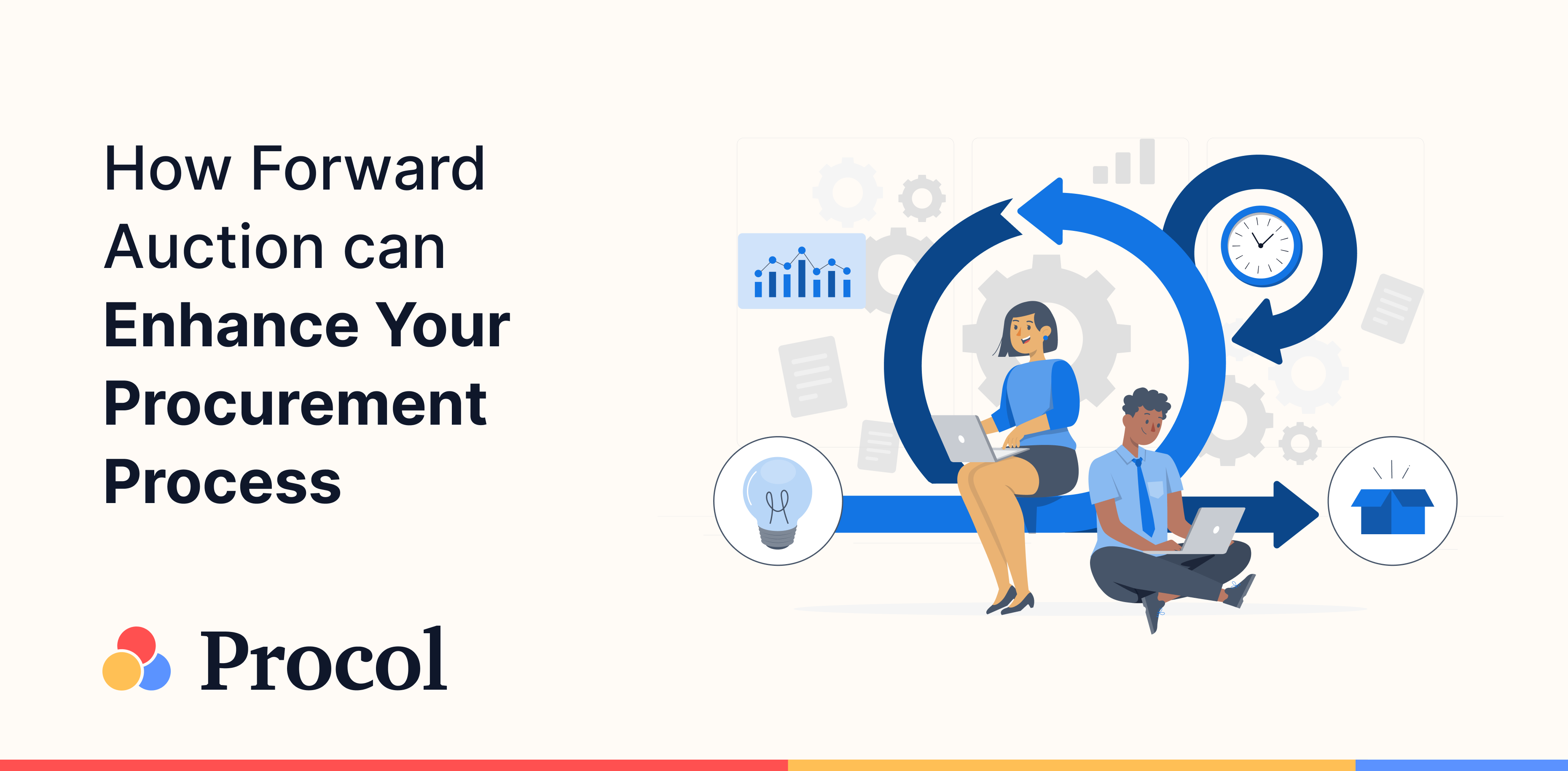
Here’s How Forward Auction Enhances Your Procurement Process
Learn how forward auction software enhances businesses’ procurement processes to negotiate deals...
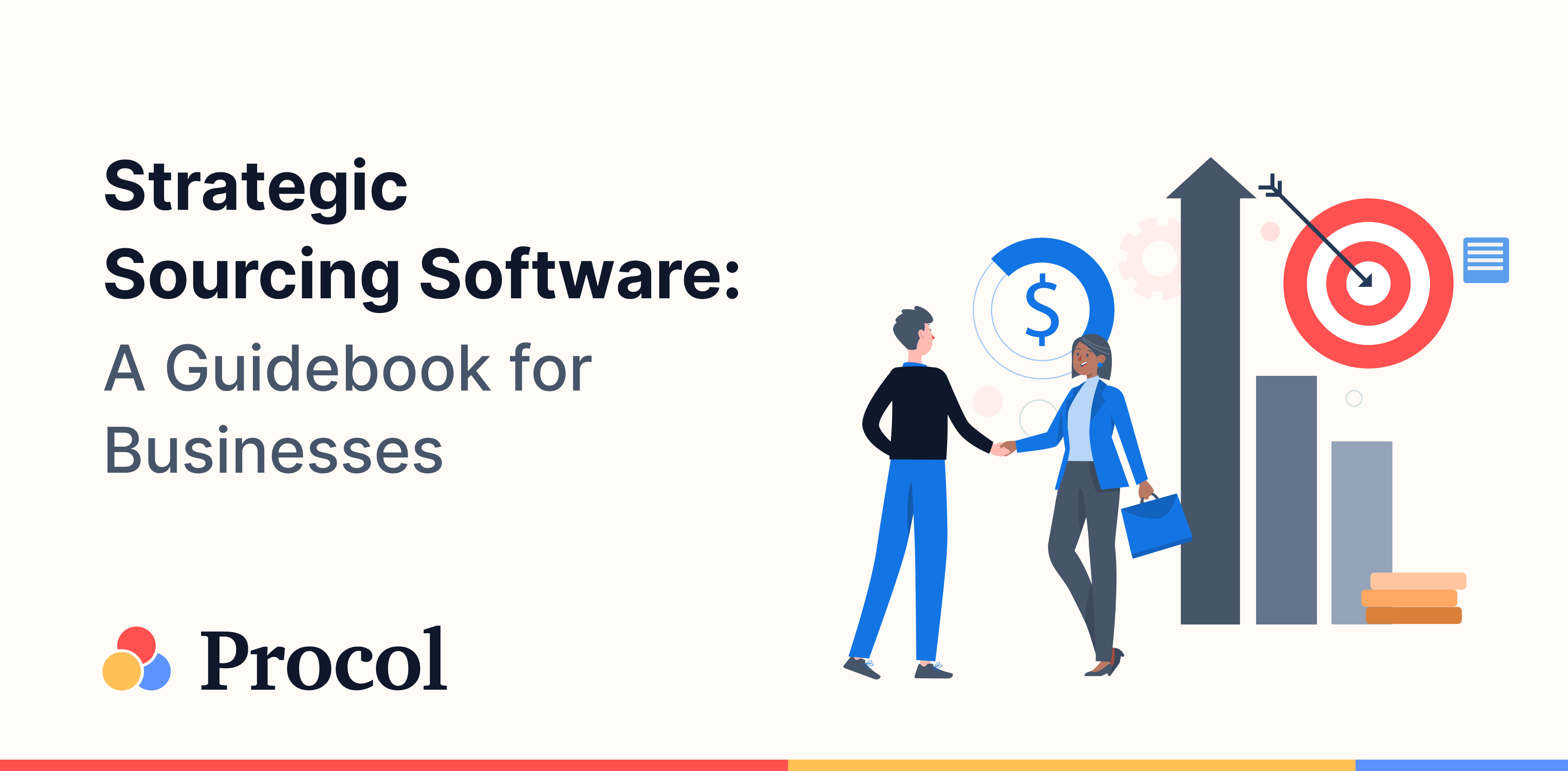
Strategic Sourcing Software: A Guidebook for Businesses
Check out the best strategic sourcing software and its benefits. Learn how...
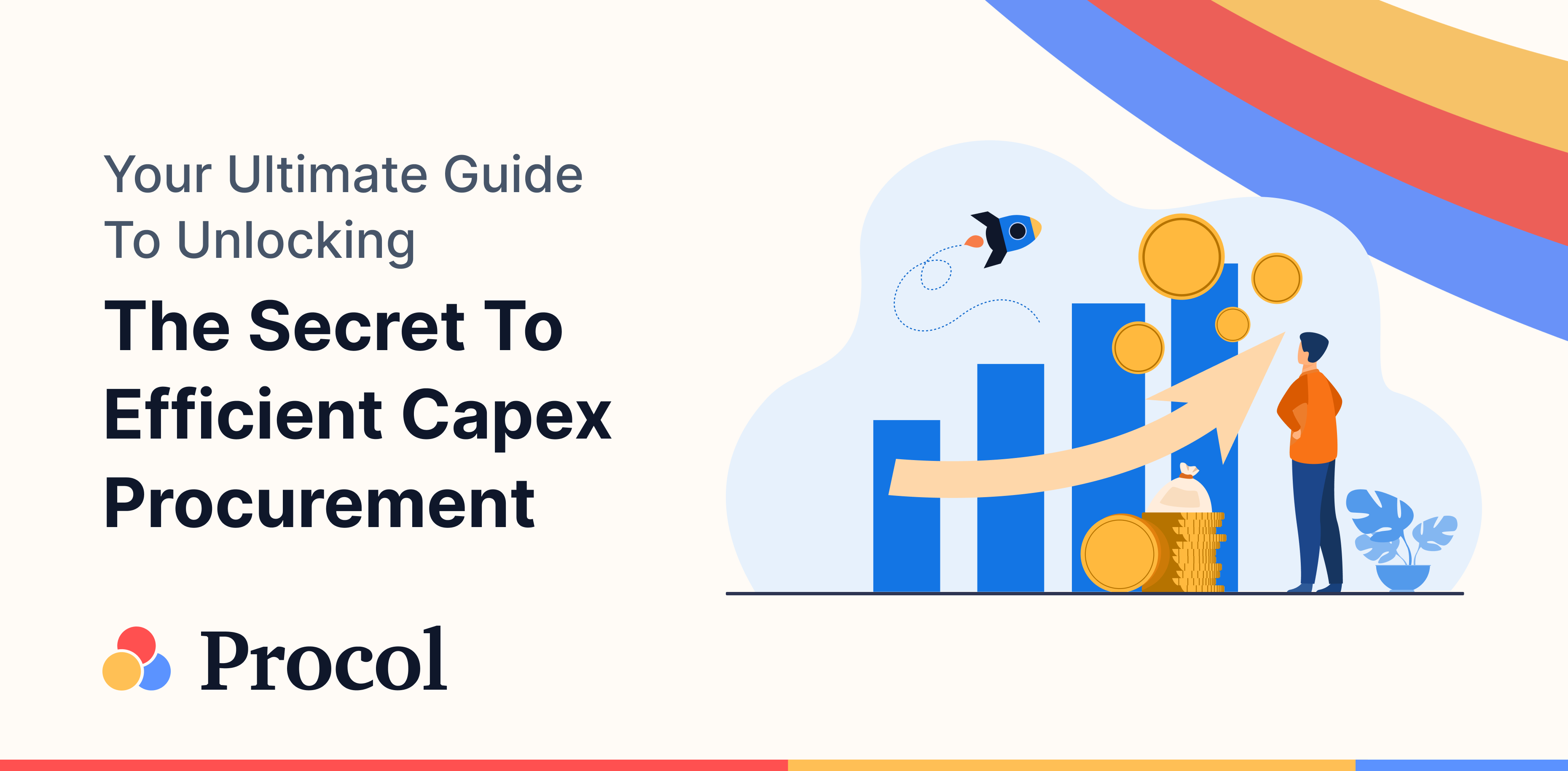
Your Ultimate Guide To Unlocking The Secret To Efficient Capex Procurement
Learn how companies can implement an effective capex procurement strategy and process...
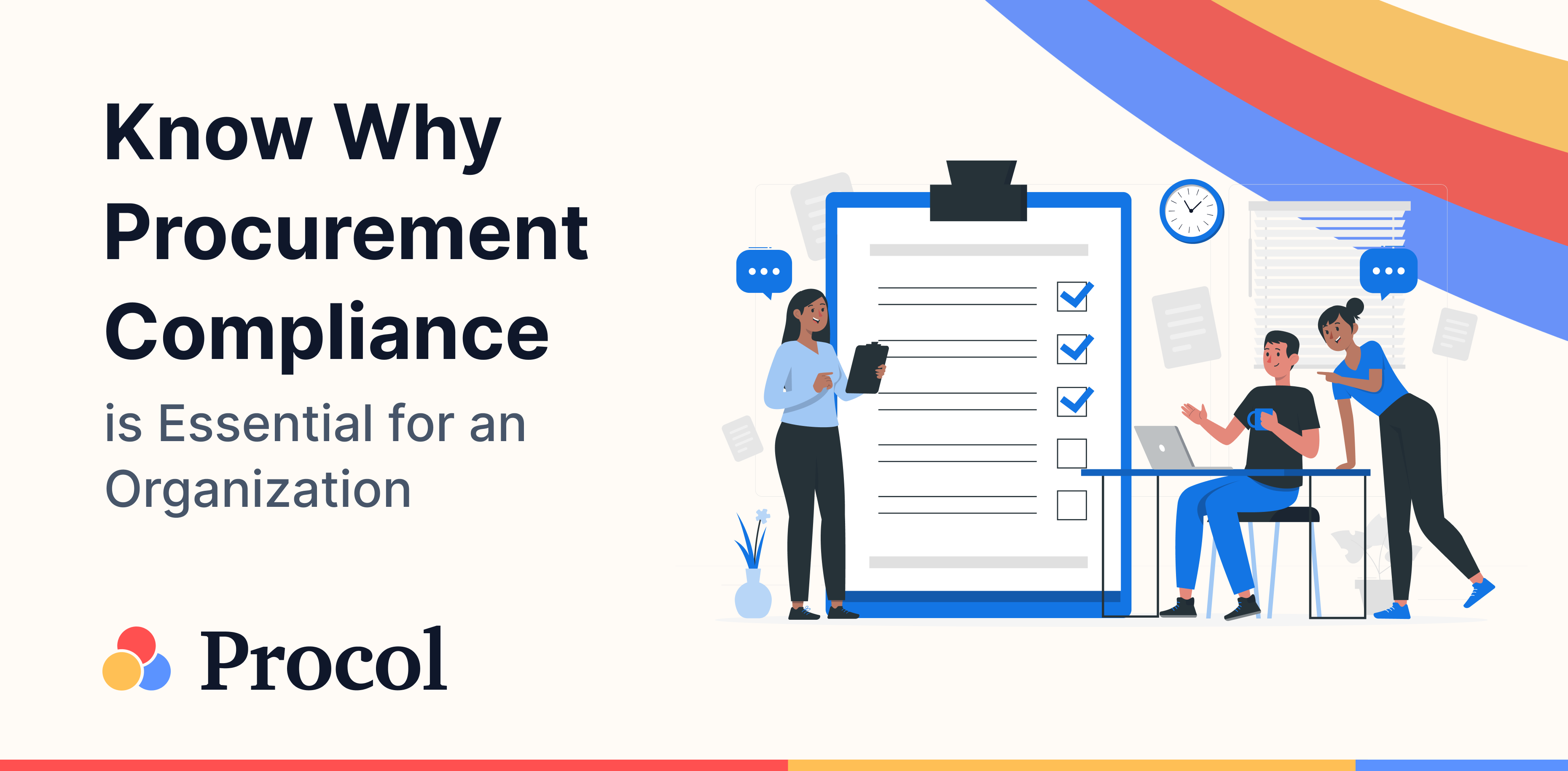
Know Why Procurement Compliance Is Essential for an Organization
Want to know why procurement compliance and sourcing compliance are essential for...
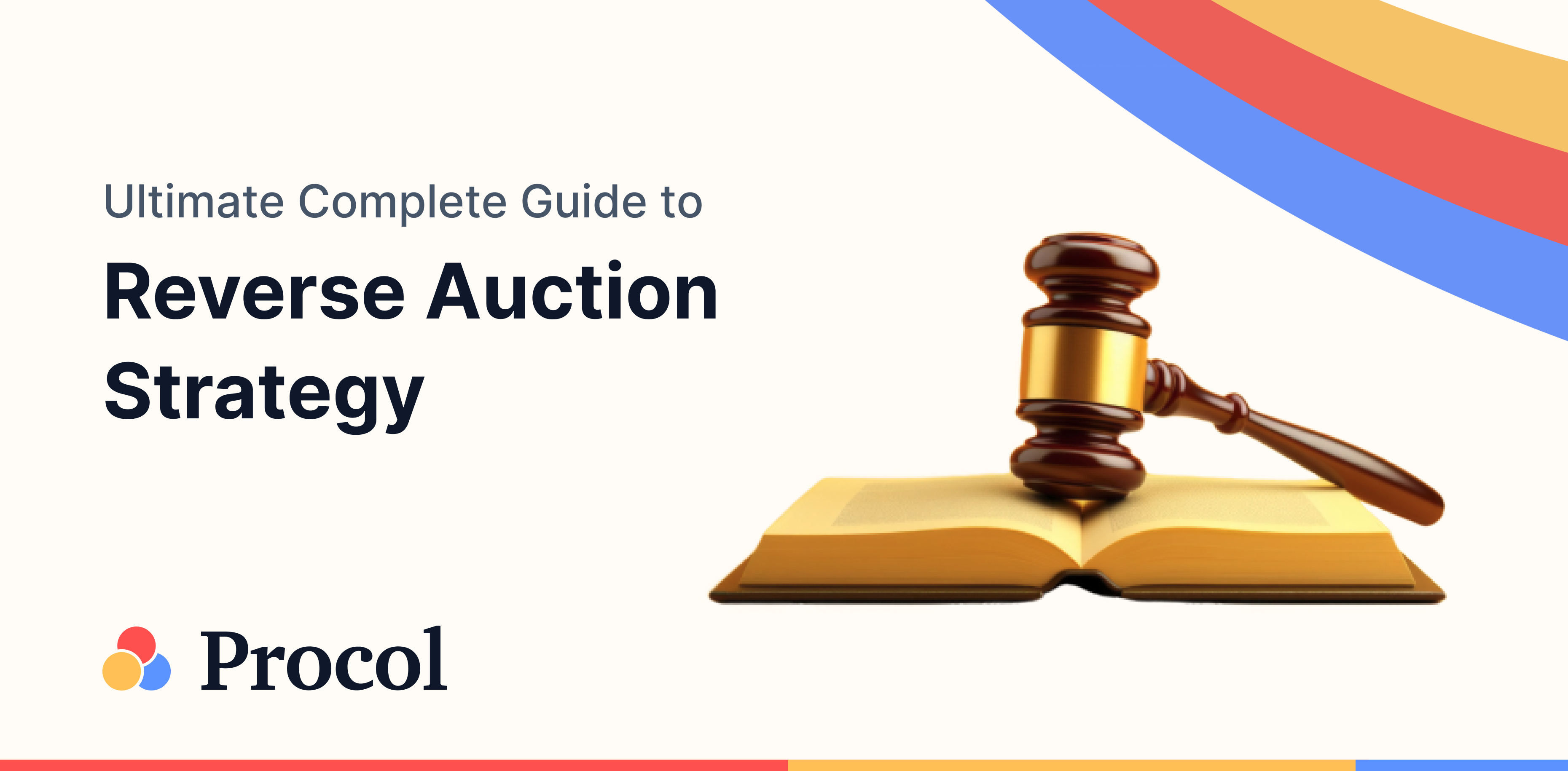
The Ultimate Complete Guide to Reverse Auction Strategy
Uncovering misconceptions, utilizing advantages, and revealing practical strategy around understanding the reverse...


